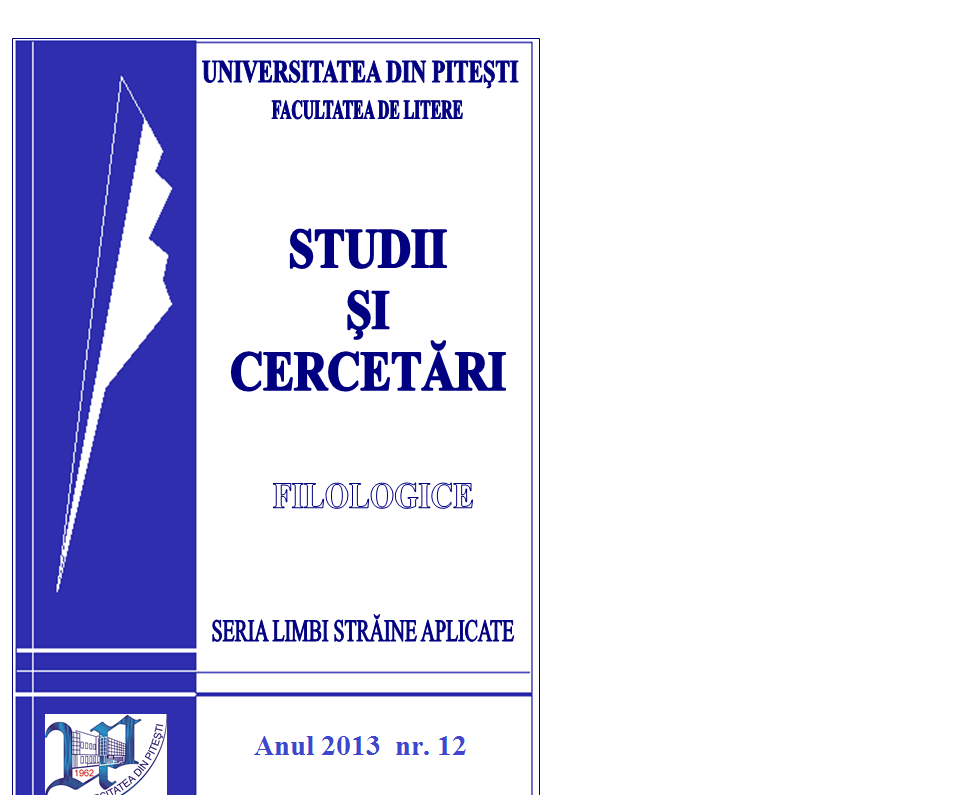A DOMESTIC REPRESENTATION OF THE 15TH CENTURY
HIERARCHY-BASED SOCIETY: THE EDUCATION OF UPPER AND
MIDDLE-CLASS CHILDREN IN THE TUDOR PERIOD
UNE
REPRÉSENTATION FAMILIALE DU XVe SIÈCLE ANGLAIS DANS
UNE SOCIÉTÉ TRÈS HIÉRARCHISÉE : L'ÉDUCATION DES
ENFANTS DES CLASSES MOYENNE ET SUPÉRIEURE À
L'ÉPOQUE DES TUDOR
Author(s): Dufossé Sournin SophieSubject(s): Language and Literature Studies
Published by: Editura Universităţii din Piteşti
Keywords: Tudor. childhood. education. social-classes. literacy. hierarchy.
Summary/Abstract: The Tudor community of the fifteenth century was based on a system of dependences which were significant at every social class level. The human body acted as the symbol of a perfect ‘machinery’, and was referred to as the model to create links between the State and the English citizens. The medium used to weave such a hierarchy was education. The middle-classes imitated the aristocrats who were their models and the noblemen copied the king who represented God. The children had to comply to the system to make it work as a whole. The Tudor elementary institutions corresponded with the different educational needs of the pupils. The aristocrats’ sons were taught at home by tutors and masters (household up-bringing). Then from the age of seven on they were sent to other noble houses to learn the principles of ‘maintenance’ and good manners. Middle-classes boys and girls were sent to several different schools (A.B.C.; Chantry; grammar; gilds) where they spent ten or twelve hours a day. They learnt how to become successful merchants or clerks by priests and masters. The lower-classes got some literacy in order to read The Bible.
Journal: Studii şi cercetări filologice. Seria Limbi Străine Aplicate
- Issue Year: 2013
- Issue No: 12
- Page Range: 139-147
- Page Count: 9
- Language: English

